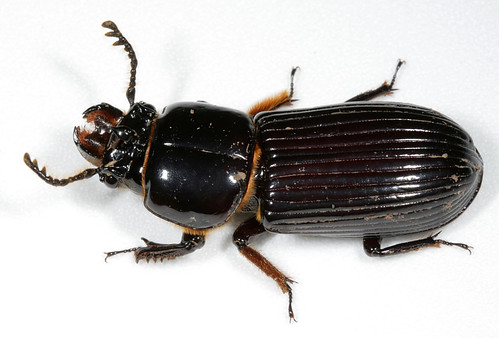In the first grade classrooms, the students have been busy raising and releasing Monarch butterflies. They've learned about migration, as well as the life cycle and anatomy of the butterfly. In science, we've been studying insects generally. One of my favorite insects to study is the mealworm. The first questions I posed to the students were, "Is a mealworm a worm? What is your guess?" The students were not sure at first, but then quickly decided that it was NOT a worm after learning about it's anatomy. So what is it? With six legs, three body parts and antennae, they correctly guessed that a mealworm is an insect! After observing the mealworms, it was time to learn about mealworm behavior. We did all sorts of experiments with our mealworms (very gently, of course) and learned that they prefer dark environments to light ones and walking on paper instead of plastic. We tested other factors, such as food preferences and ability to walk on different surfaces. Next we made "mealworm mazes" to determine if they could follow a maze. An important piece of this part of the lesson was the actual maze building. Students were challenged to build something that required the mealworm to take several turns. Students worked hard to make very complicated structures. It was a great way to incorporate STEM work into a life science topic!
  |
| Getting to know our mealworms! |
 |
Do they like walking on a plastic surface? Not so much, it's very slippery for their legs!
|
 |
| What type of food do they like? We had a variety of answers, but most students agreed that they liked oatmeal the best. The mealworms actually live in grains, so that makes sense! |
So, if a mealworm is an insect, what is it's life cycle? Students were able to observe as the mealworm changed from the larva stage (the "worm"), to the pupa stage, to the Darkling beetle stage. They recorded all stages of the life cycle in their science journals.
We're now working with Bess beetles to compare and contrast the two types of beetles. Both beetles are very gentle and easy to work with, and don't fly, which makes them perfect insects for working with young children.
Darkling Beetle
Bess Beetle










No comments:
Post a Comment